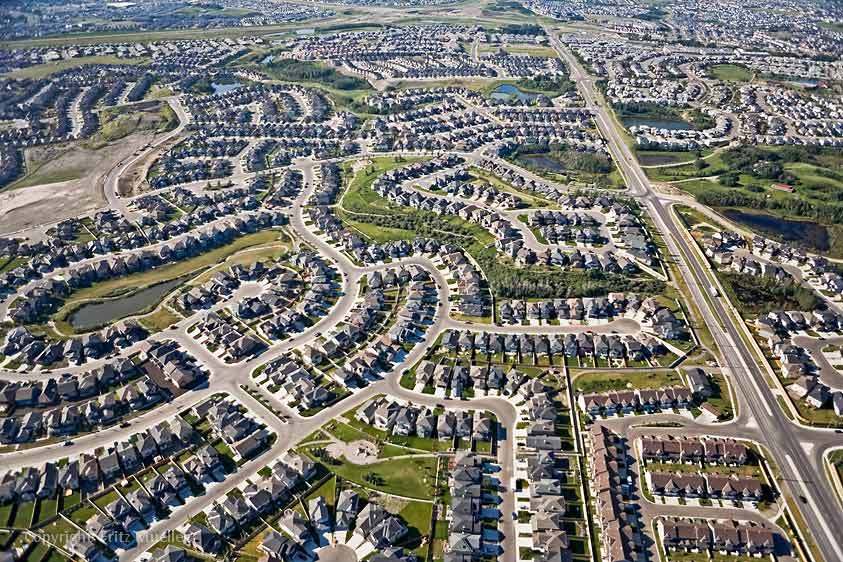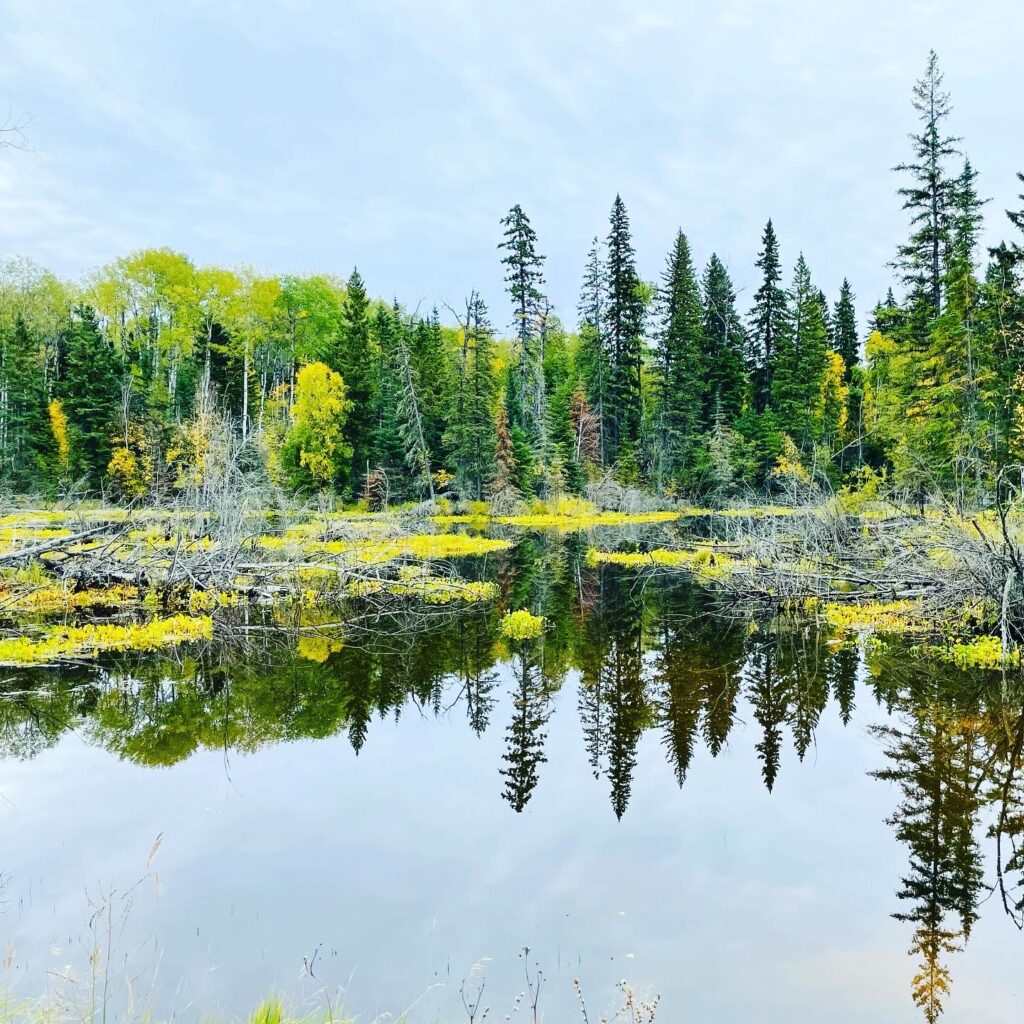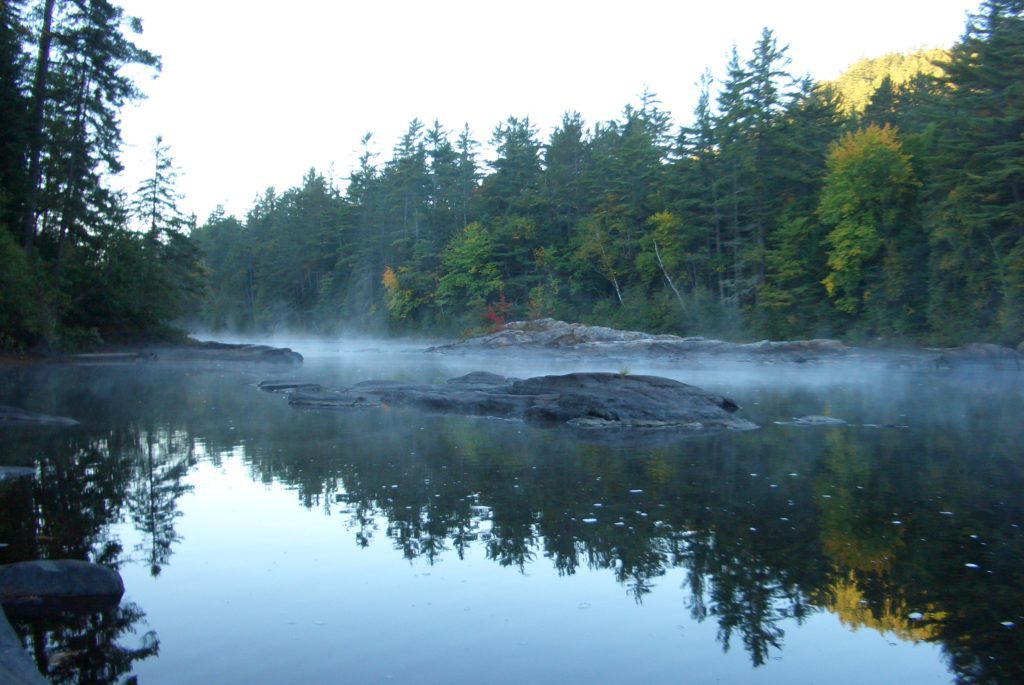(This blog is adapted from remarks delivered at at the Environmental Defence gala on March 3rd, 2016)
Part 1 of the Story of Sprawl, looked at the growth of suburban sprawl – how what seemed at first like a good thing developed more and more problems. Part 1 also looked at how 11 years ago, in a move that was bold and necessary, the Ontario government introduced the Greenbelt and Growth Plans to help stop the sprawl that was devouring local farmland and forests, and to encourage the Greater Toronto and Hamilton Area to grow in smarter ways.
As a result, it’s possible to envision a pattern of smarter growth that benefits residents, municipal finances, our economy and our environment. So, what does smarter growth look like in the 21st century?
Some elements of this new future include:
- Cities and towns where revitalized downtowns have places where people can live and work. Where cars are fewer. Where you can meet a friend for coffee, walk or cycle from your house or apartment to buy your groceries, go to work, or get some exercise;
- Farms where the kids don’t leave, but go to school to learn new techniques and then come back to the farm because they can contribute, make a living, and feed their communities;
- Communities where municipal leaders represent all citizens, not the ones who have the most to donate;
- And rivers that are protected from their headwaters to where they spill into Lake Ontario.
The good news is these are no longer imaginations gleaned from other places, like impressionist renderings of perfect, mythical cities in Germany. They are happening here in the GTHA.
Some examples:
- New housing, shops and services clustered around GO trains in Port Credit;
- New separated, and frequently used, bike lanes criss-crossing downtown Toronto;
- Companies moving to the new south Yonge St. business district to attract young workers who refuse to drive and want to walk to work;
- New development companies emerging to build mixed-use and higher density developments in North York;
- Revitalized and growing communities along new LRT routes and new LRT routes planned for Mississauga, Kitchener-Waterloo and Hamilton;
- Atlantic salmon returning to the Rouge River for the first time since 1896.
Change is coming to our region and you can almost taste the possibility. A better, brighter future is possible: protected farmland, forests and wetlands; walkable, vibrant, investment-attracting complete communities; transportation that gets us to work and home quicker, cheaper, and faster. This isn’t a dream, It is happening here.
Our challenge is to encourage the good and redirect the bad. Changing markets and personal preferences will do some of this but not fast or well enough to create the communities we need.
That task falls to our elected official and to all of us who can help them.
It is now been over 10 years since the Greenbelt and the Growth Plan were launched and the Province is undertaking a Coordinated Land Use Review. This is another way of saying they are looking at what has worked and what has not and figuring out what to do next.
This is not an easy task. Municipal Affairs and Housing Minister Ted McMeekin asked for help from someone who understands urban growth issues from first-hand experience, someone who can build consensus and who cares deeply about the future of the region.
That person was David Crombie. David has been involved in urban planning since the 1960s and his task was to lead the year-long public review of the Ontario Greenbelt and Growth Plans. The result was a series of recommendations which address most of the thorny issues related to growth in region and provides a path forward for government.
His panel has charted out a course that gives us much less of the 20th century and helps to bring the 21st into sharper focus. Let’s hope the province listens.
You can help! Tell Ontario to strengthen the Greenbelt and say goodbye to sprawl by choosing smarter growth.
Join us at Sprawl Brawl Round 3: Smart Growth vs. Sprawl on March 29, 2016, featuring Dianne Saxe, Ontario’s Environmental Commissioner









